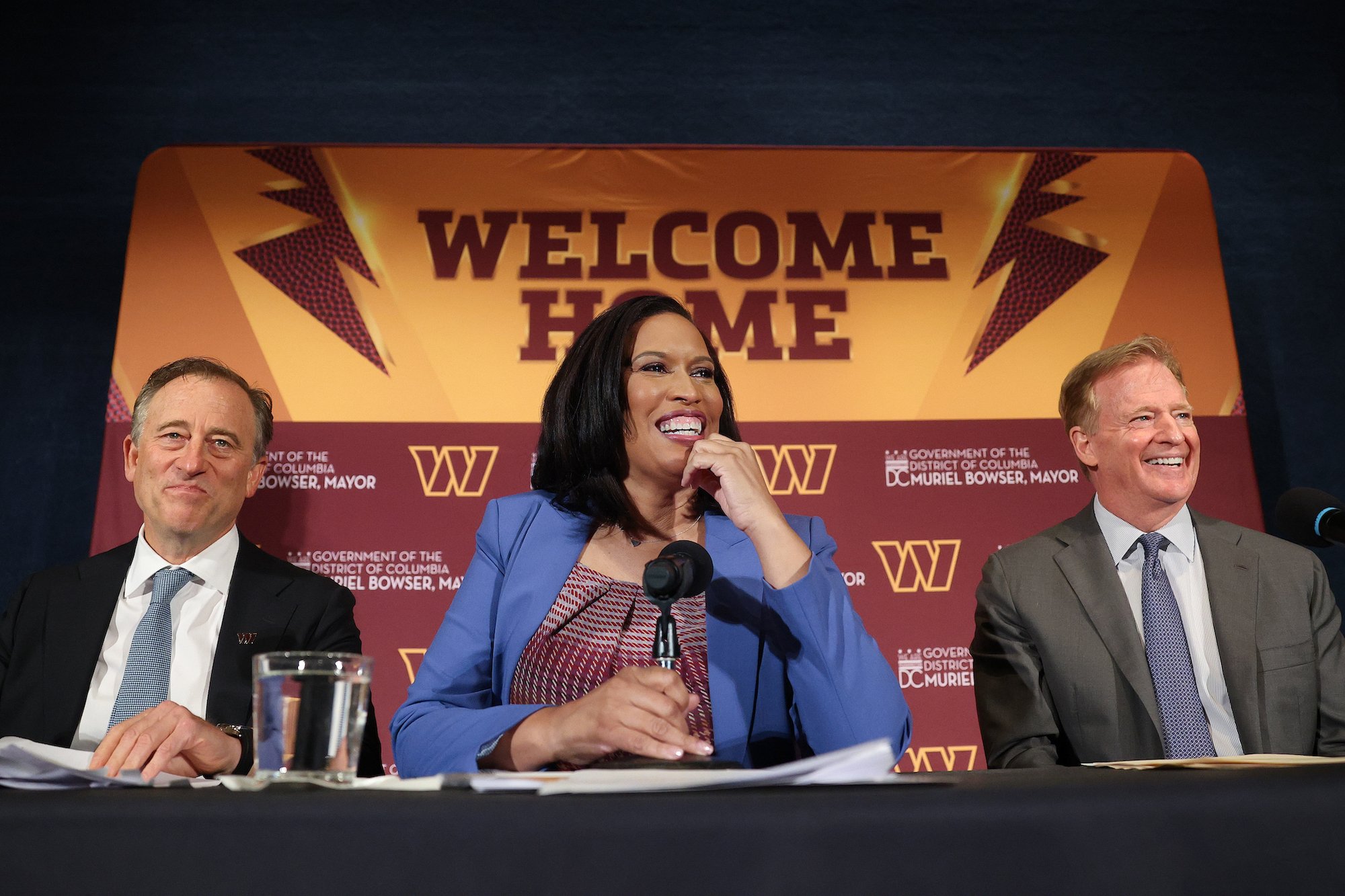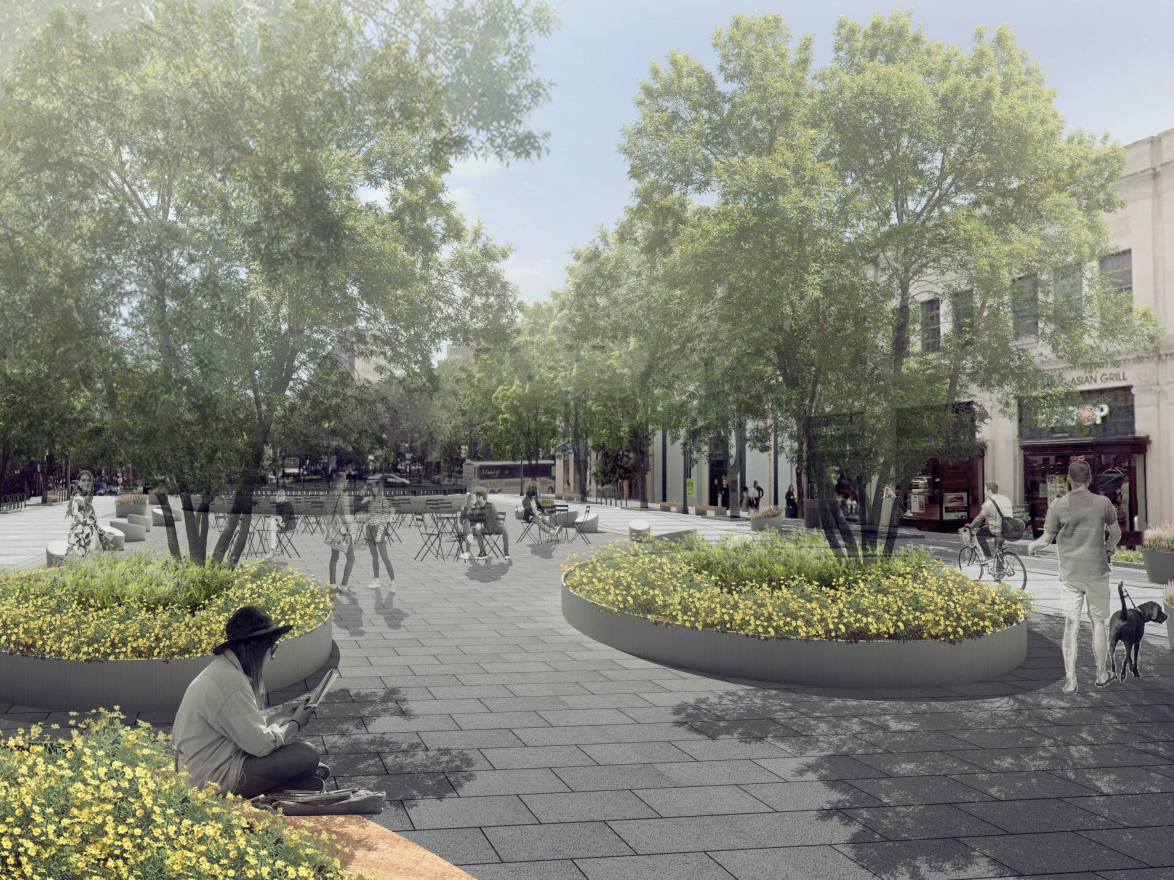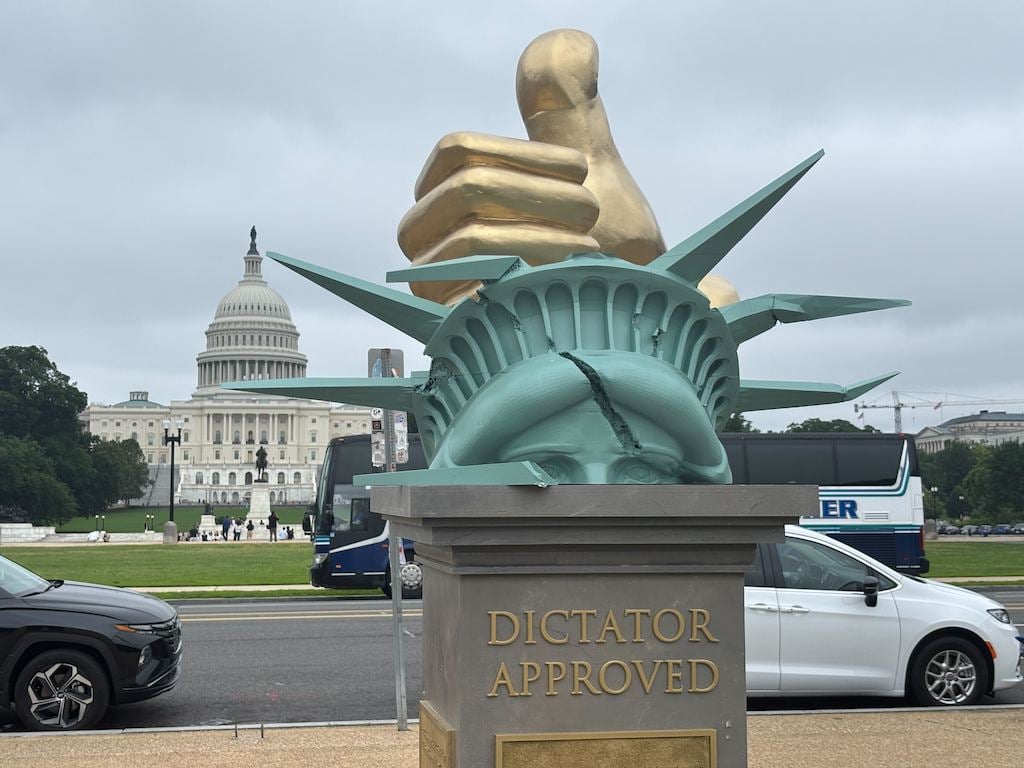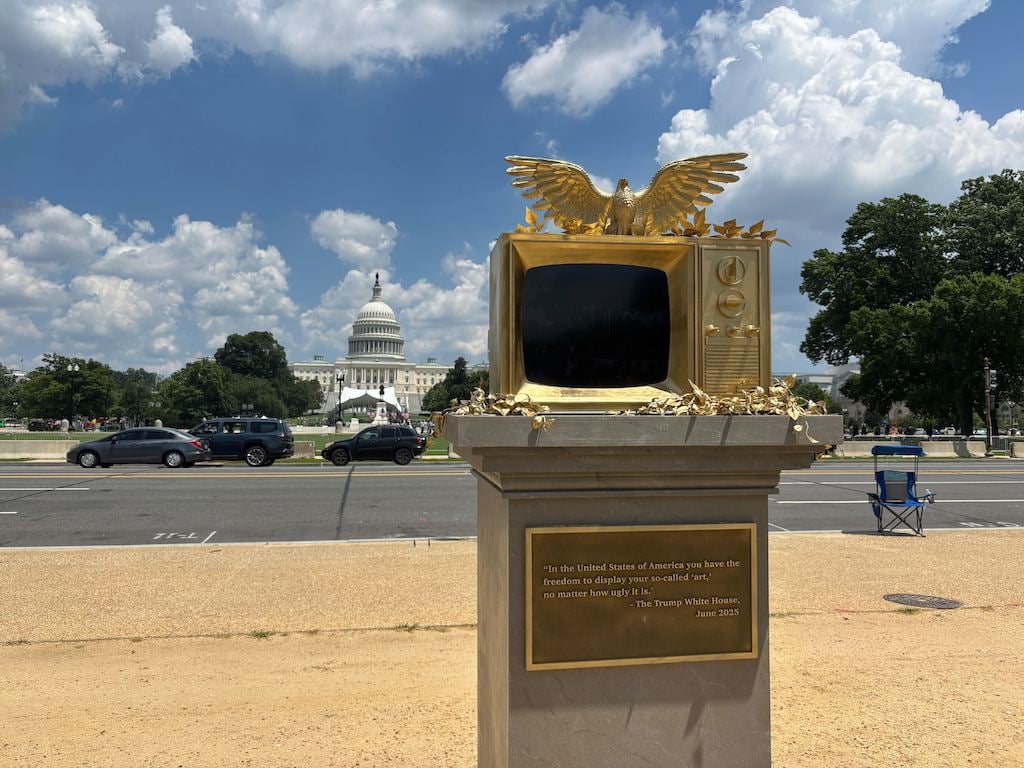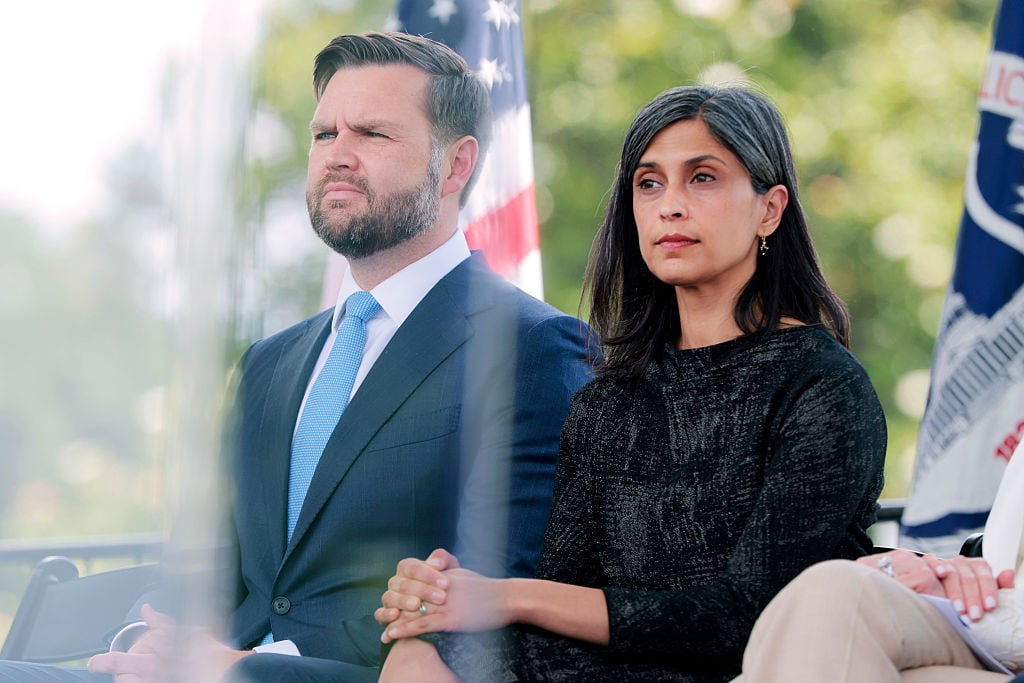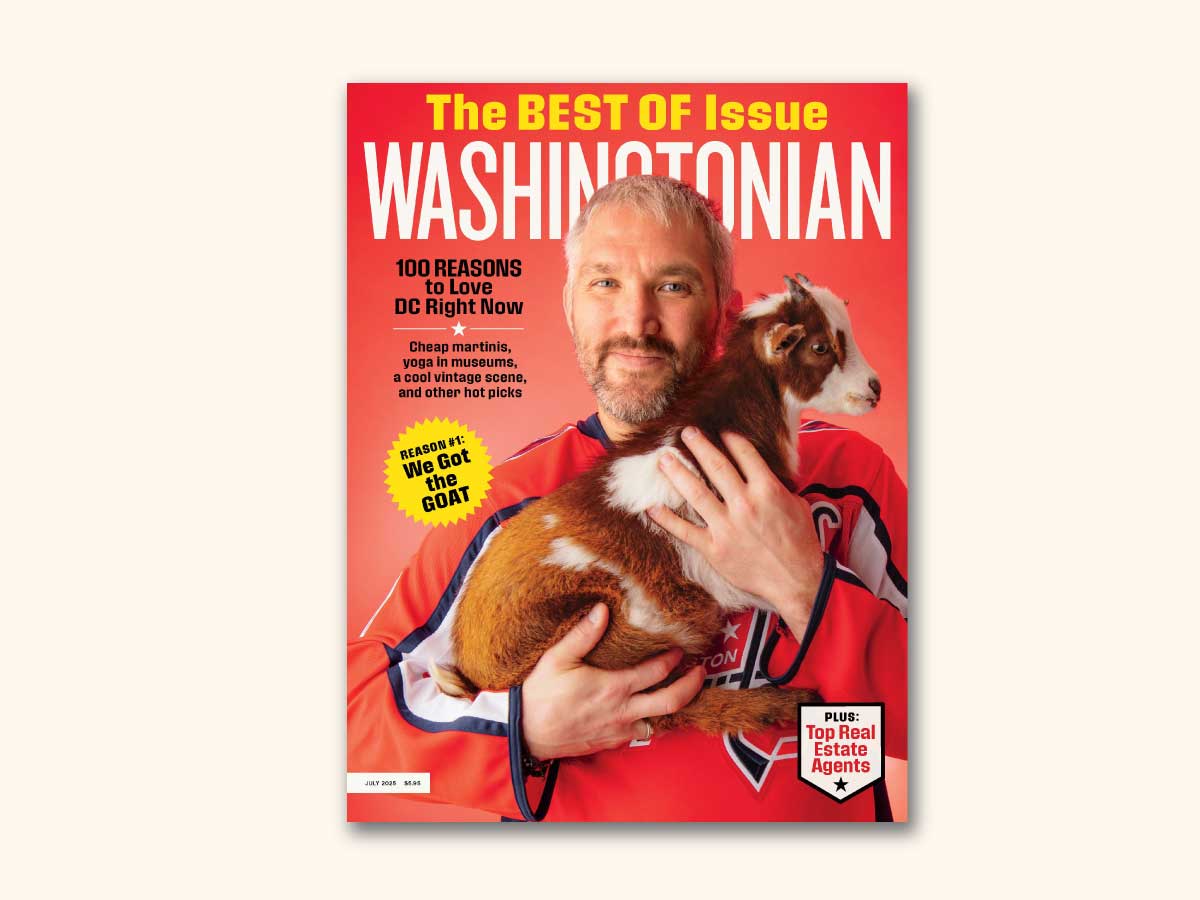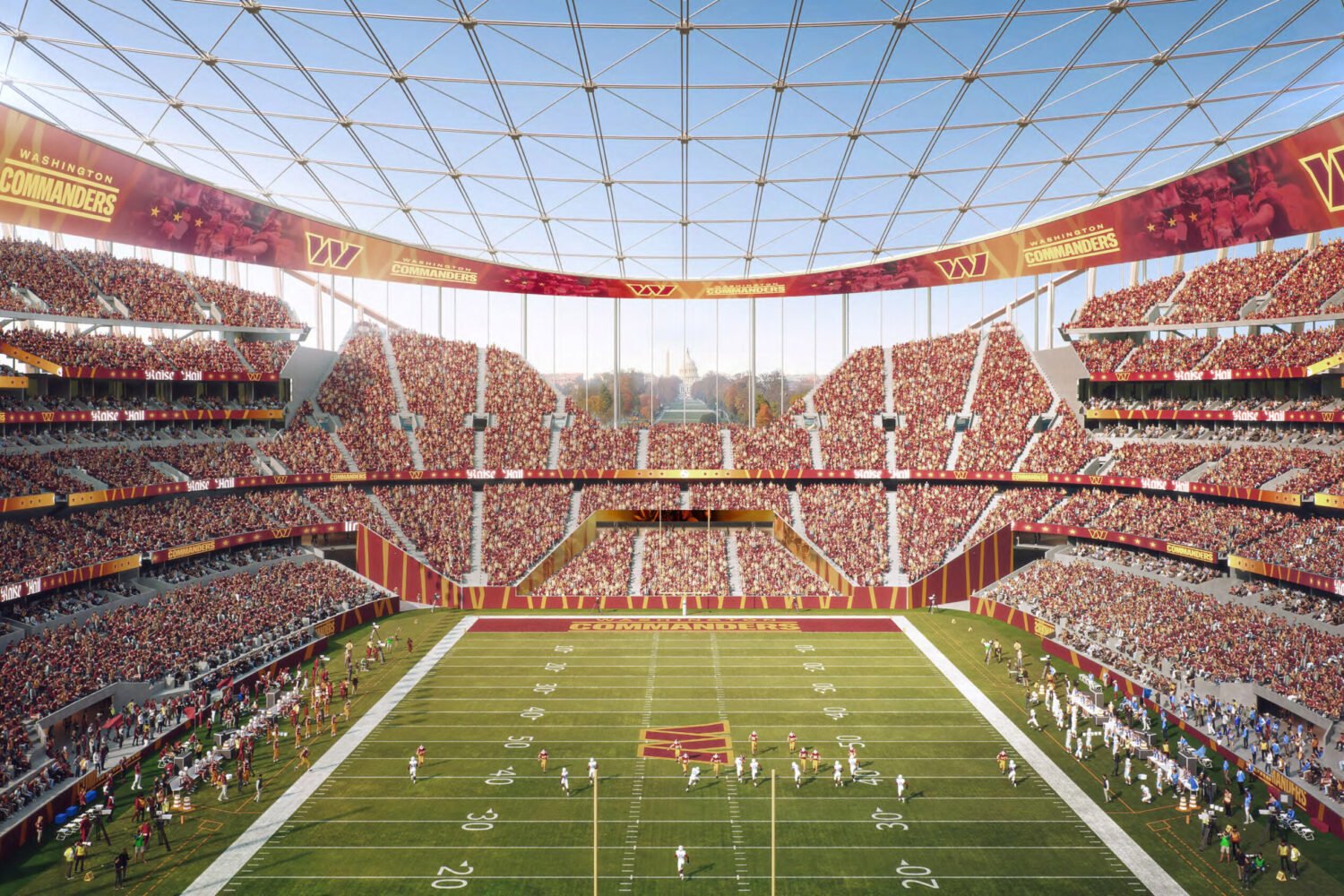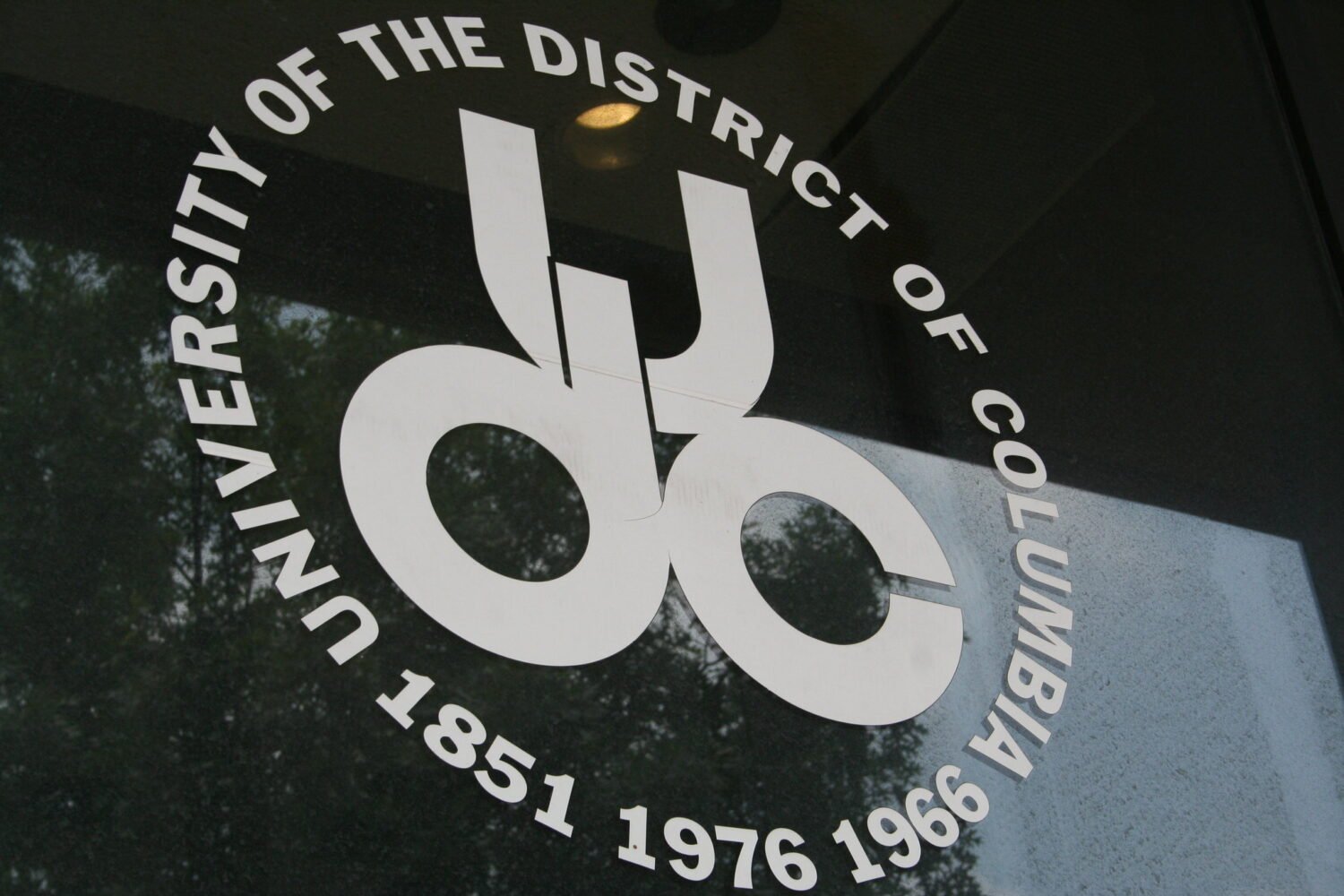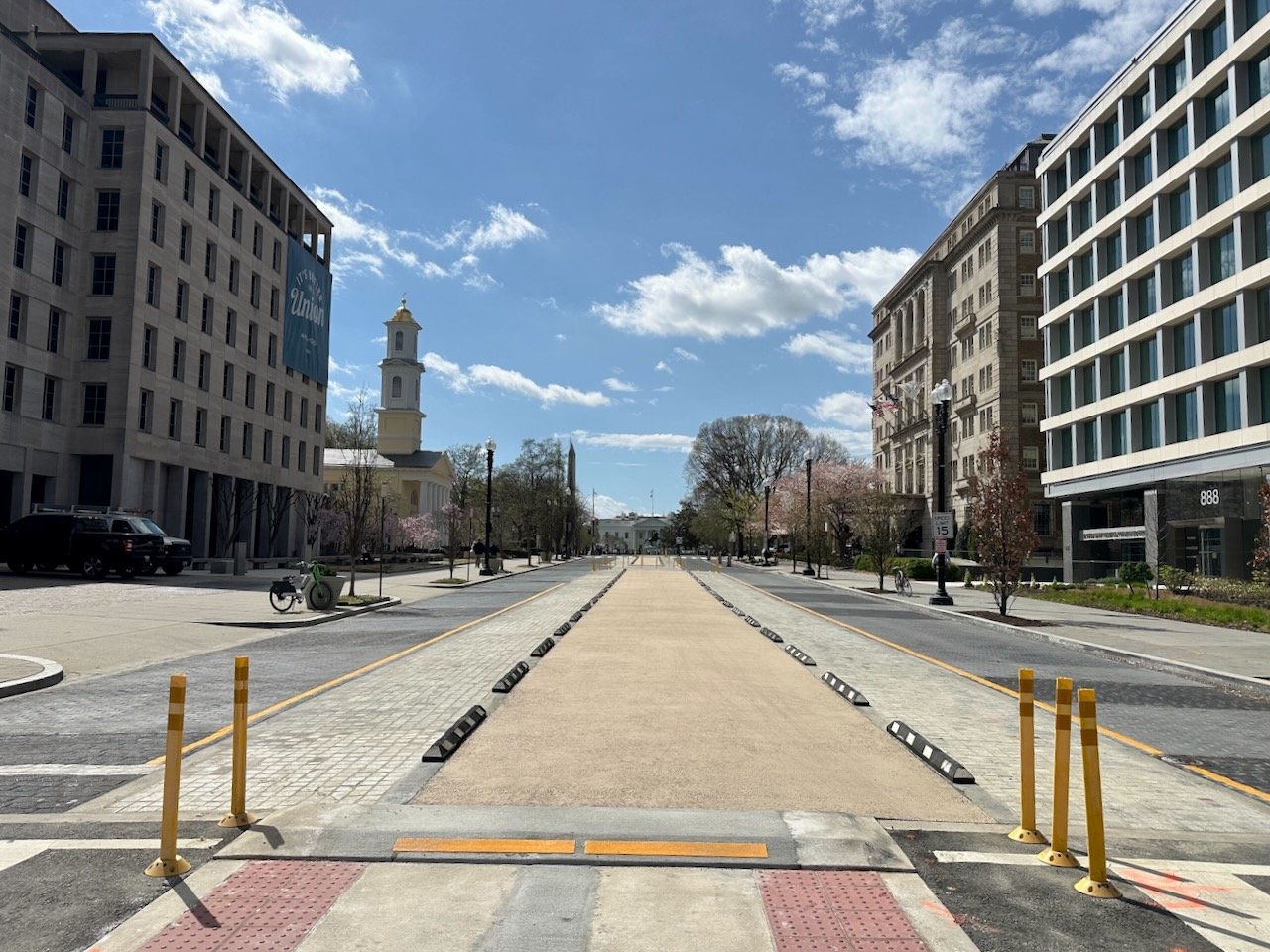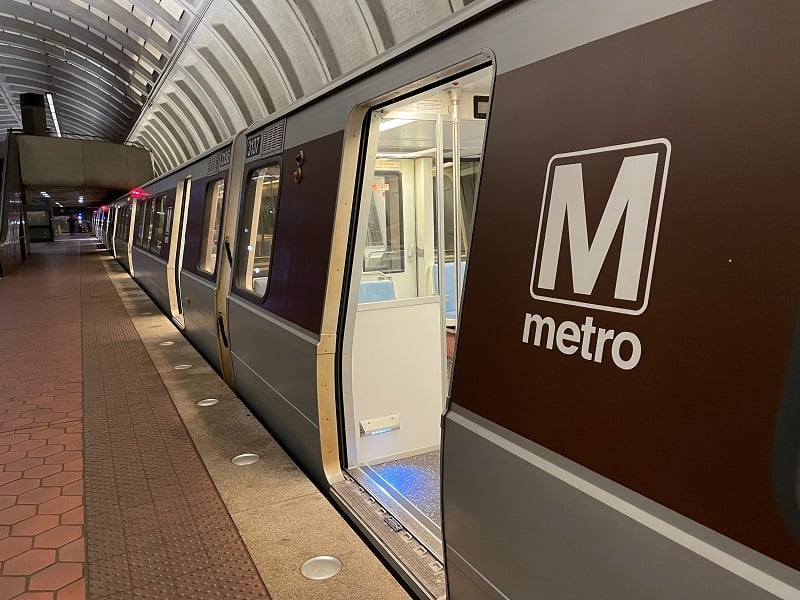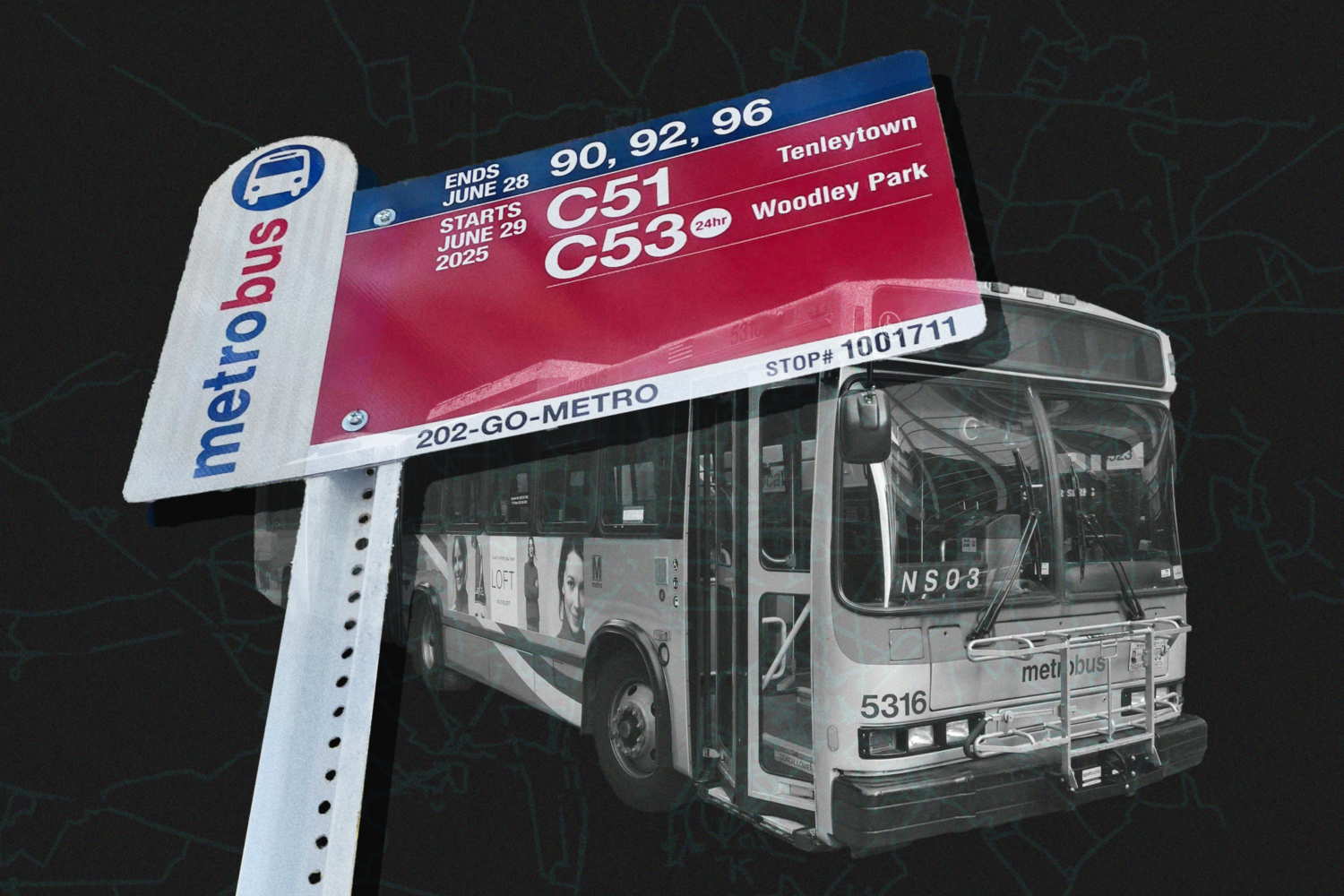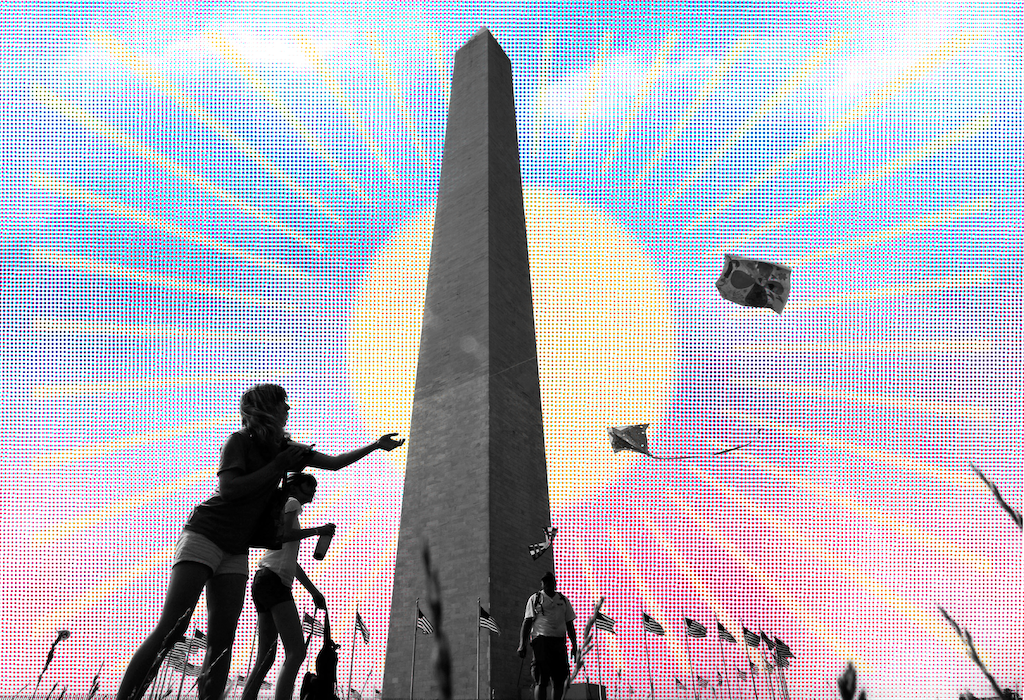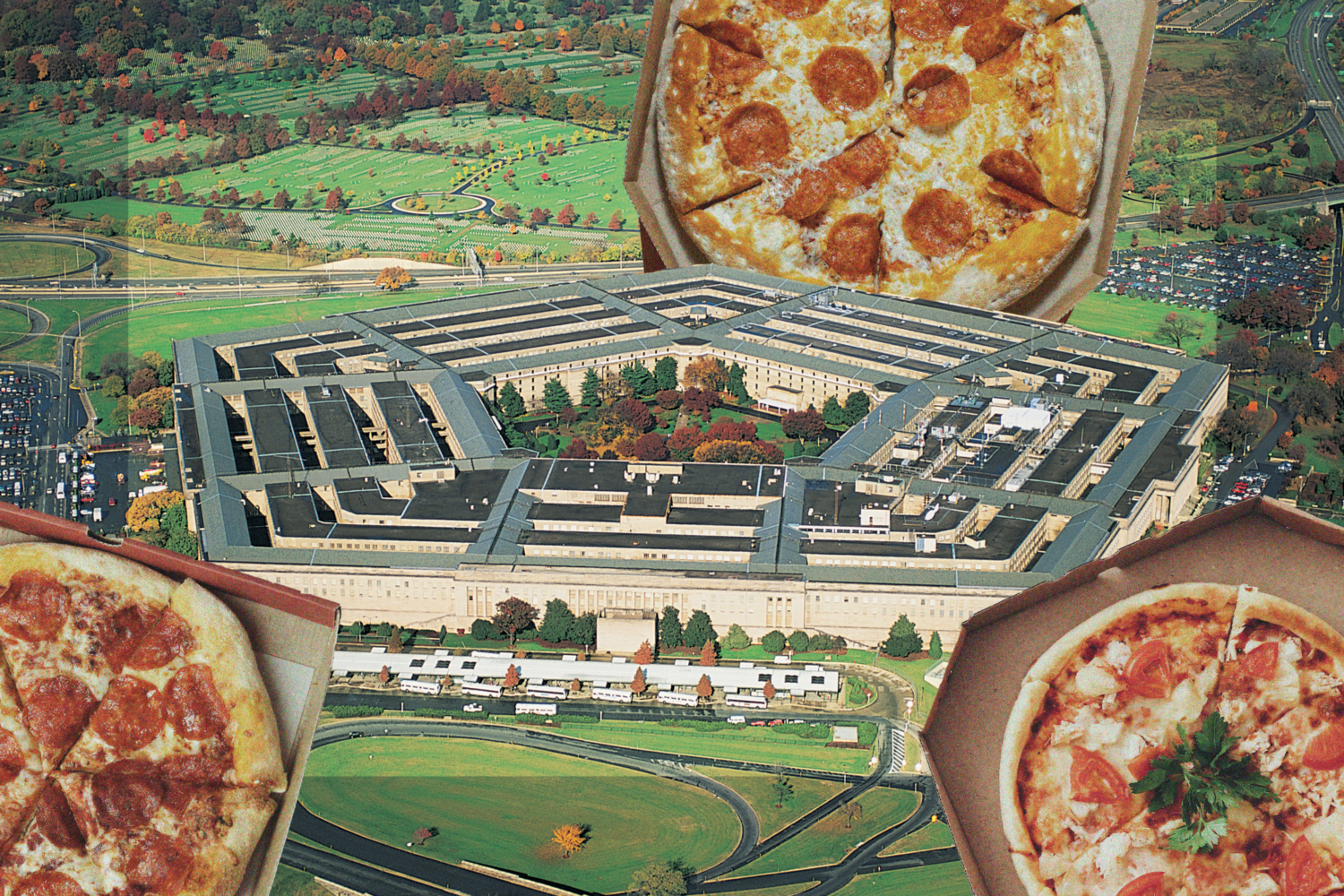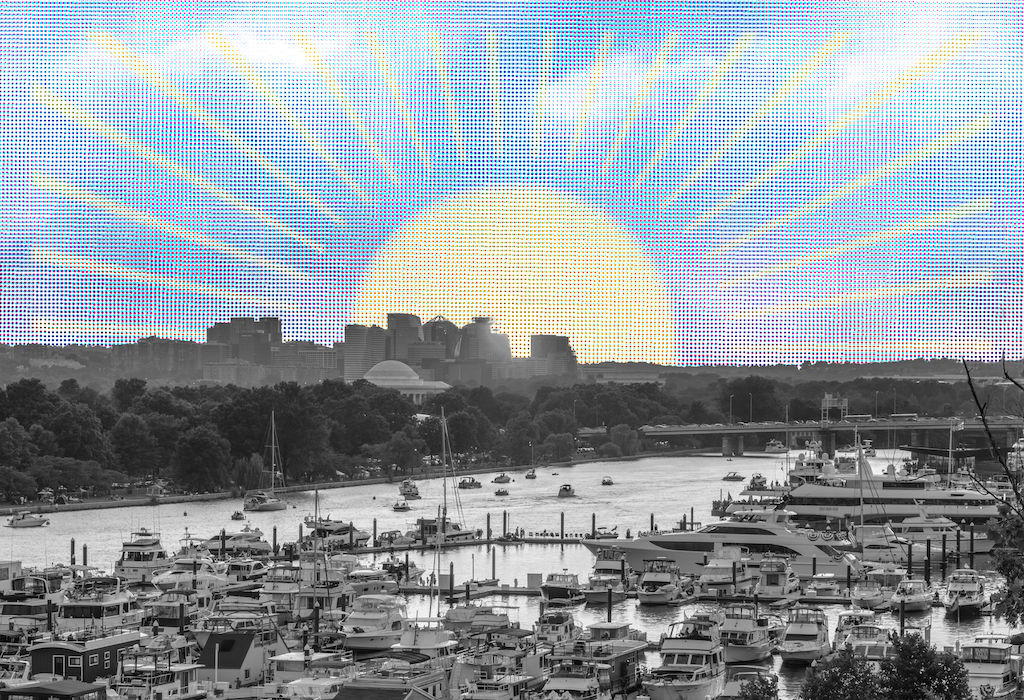At a triumphal press conference this morning, DC Mayor Muriel Bowser, Commanders managing partner Josh Harris, and NFL commissioner Roger Goodell announced a $3.6 billion deal to replace the crumbling RFK Stadium, surrounded by a sea of parking lots, with a new 65,000-seat stadium and a housing, retail, and park complex. If all goes according to their plans, construction could begin in 2026, and the new Commanders stadium could be open for the 2030 season.
The deal to bring the Commanders back to DC has been a signature goal of Bowser, who wants to cement the District as a “Sports Capital” by returning the team from Maryland, where it has played since 1996. It comes after months of negotiations since Congress gave DC permission to use the federally owned 180-acre parcel of land surrounding RFK last December.
The Commanders are ascendant, and Bowser spoke about the jobs and development created by the new stadium as an investment in DC’s future— especially as the city’s economic prospects suddenly look deeply unsteady. But there was a clear note of nostalgia running through the press conference too. Hall of Fame Redskins coaches and players were in attendance; and both Harris and Goodell, who grew up in the area, got misty-eyed about watching the team at RFK at the height of its Super Bowl-winning prowess in the ’80s and ’90s. Goodell also told a reporter that the new stadium would “dramatically” increase chances of a future Super Bowl in DC.
How much will it cost—and who pays?
The total project will cost $3.6 billion, with the team putting up most of the money: $2.7 billion, the single largest private investment in DC history, according to Bowser and Harris, which will cover vertical construction. But Bowser is looking for DC taxpayers to pay for the remainder—close to $1 billion over the next several years. Of that sum, $500 million would cover so-called “horizontal” construction, and the rest—some generated by expected stadium revenue—will pay for road and parking facilities, and a new youth-oriented recreation complex. The DC councilmembers who have already voiced opposition to the new stadium will certainly have questions about this prodigal use of public funds.
What will the new stadium look like?
Kiss goodbye to the huge fields of parking that surrounded the old RFK stadium. Under the mayor’s plan, the parking lot areas across East Capitol Street from the DC Armory, south of Independence Avenue along the Anacostia River, and along Oklahoma Avenue would become the “Plaza District,” “Riverfront District”, and the “Kingman Park District,” newly developed areas with housing, entertainment, a festival plaza, hotels, stores, and restaurants. New parking garages will replace the old open-air spots, and the riverfront park and trail will also be redeveloped. Mayor Bowser promises the development will create between 5,000 and 6,000 new units of housing, and that the whole project will generate $4 billion in annual new tax revenue.
What are the challenges?
It may be close to the mayor’s heart, but the stadium project has elicited mixed reactions from DC at large—including some organized opposition. Of the seven DC councilmembers who will need to vote on the project, only four were present at Monday’s press conference. Notably absent was Ward 6 Councilmember Charles Allen, who will instead speak at an April 29 event opposing the stadium plan. Allen thinks DC won’t see a return on its billion-dollar investment, and that the development of more subsidized housing on the site would be a better deal for the neighborhood. Council chair Phil Mendelson has also worried publicly about whether the potential revenue from the stadium is overstated.
The council isn’t alone: a team of longtime activists, led by ballot-measure master Adam Eidinger, are pushing a voter initiative that would block the new stadium with zoning restrictions. But even if they can gather enough signatures to place the measure on the June or November ballots, passing it might still prove to be a long shot.
One obvious piece of context is that, just a week ago, the mayor announced drastic cuts to DC’s operations—hiring and pay raise freezes, potential facility closures— in response to a hole in the city’s budget created by Congress. The DC region could be looking at a recession as its biggest employer, the federal government, makes cataclysmic cuts.
Is this the right time to commit nearly a billion dollars to a football stadium? Bowser certainly thinks so. “Right now, as our economy is shifting, it’s something the city really needs,” she said. “Our job is to replace economic activity for 40,000 people. If we don’t make some change, they may not have their jobs. If we don’t make some change, they may not live here.”

